When archaeologists digging beneath a Leicester car park in 2012 uncovered the battered skeleton of King Richard III, it made headlines around the world. The discovery was hailed as the most exciting archaeological find since the unearthing of the boy king Tutankhamun’s tomb in 1922. Now England’s most notorious king is back in the news.
The woman behind the dig that discovered the missing monarch, an amateur historian called Philippa Langley, has come up with new evidence that the crime for which Richard is generally held responsible by history, the murders of the ‘Princes in the Tower’, never happened at all. The theory goes that the boys survived into adulthood to lead separate invasions of England.
This nonsense appears to have been swallowed whole by Channel 4, which is screening a documentary tomorrow night – The Princes in the Tower: The New Evidence – in which Langley sets out anew her bizarre belief that the much maligned monarch was a near saintly figure, rather than the misshapen murderer portrayed by Shakespeare.
Pursuing their long campaign to vindicate their flawed hero, the Ricardians formed their own society
But there are a few problems with rejecting Shakespeare’s portrayal of Richard. The Leicester dig proved that Shakespeare’s portrayal of Richard as having a twisted spine – which had long been dismissed by supporters of Richard as ‘Tudor propaganda’ – appeared to be correct. While Richard might not technically have been a ‘hunchback’, his backbone was badly deformed and twisted by the spinal disease scoliosis.
Another hole in the view that Shakespeare is to blame for besmirching Richard’s good name is that two small bodies, believed to be those of the murdered Princes, 12-year-old Edward V and his nine year old brother Richard, were found at the Tower of London in 1674. The skeletons were given a ceremonial burial in Westminster Abbey by Charles II in a casket designed by Sir Christopher Wren in which they lie to this day. Their bones were temporarily disinterred in 1933 and forensically examined. They were found to be of two boys of the same ages as the princes when they disappeared in 1483 just after their wicked uncle Richard had usurped the throne.
Langley, however, is having none of it. According to her, the lads miraculously escaped from the Tower, and when they had grown up led separate invasions of England to regain the throne in the shape of the two pretenders Lambert Simnel and Perkin Warbeck.
No serious historian who has studied the subject will give Langley’s ideas credence. In fact, modern biographers of Richard – Alison Weir, David Horspool, Desmond Seward, Michael Jones and Michael Hicks to name but a few – come to the conclusion that the Bard got it mostly right and the deluded Ricardians have it wrong: Richard was not only guilty of his nephews’ deaths but of several other killings too.
As I show in my book Tower: an epic history of the Tower of London, Edward V was not the only king killed by Richard in the fortress. In May 1471, when Richard had been given control of the Tower by his brother Edward IV, he killed with his own hands the rival Lancastrian monarch King Henry VI, while the saintly sovereign was praying in his private oratory in the Wakefield tower.
Although Richard did not kill the little princes himself, as he had slain Henry, he gave orders for the boys to be smothered in their beds by hired hitmen. Their bodies were then hidden beneath a heap of stones under a stairwell as described by Thomas More, Richard’s first biographer. More than a century after More himself was martyred in the Tower by Henry VIII, the Princes were found buried exactly in the place and manner that More had described.
In staking his own spurious claim to the throne, Richard poured ordure over his own family, publicly branding his dead brother Edward IV an illegitimate bastard, and his still living mother ‘proud Cis’, the dowager Duchess of York, an adulteress. The nephews he would shortly order killed were ‘bastard slips’ into the bargain.
Pursuing their long campaign to vindicate their flawed hero, the Ricardians formed their own society, the Richard III Society, which, when you come to think of it, seems as bizarre as founding a Peter Sutcliffe fan club or an Ian Brady appreciation society.
In pleading Richard’s innocence, they turn a blind eye to the mountain of evidence of his other crimes, such as his open extra judicial murder of his brother’s friend and councillor Lord William Hastings – also carried out in the Tower – just after he seized the throne in 1483.
The Ricardians also overlook the fact that contemporary chroniclers and witnesses at the time accused Richard of slaughtering the Princes and King Henry; deeds that caused horror even in the blood-soaked 15th century, combining as they did child murder, family murder and the slaying of the Lord’s anointed sovereign in a single gruesome package. Channel 4 does a disservice to history by giving TV time to preposterous revisionist rubbish that rejects this account of what really happened.
Got something to add? Join the discussion and comment below.
Get 10 issues for just $10
Subscribe to The Spectator Australia today for the next 10 magazine issues, plus full online access, for just $10.

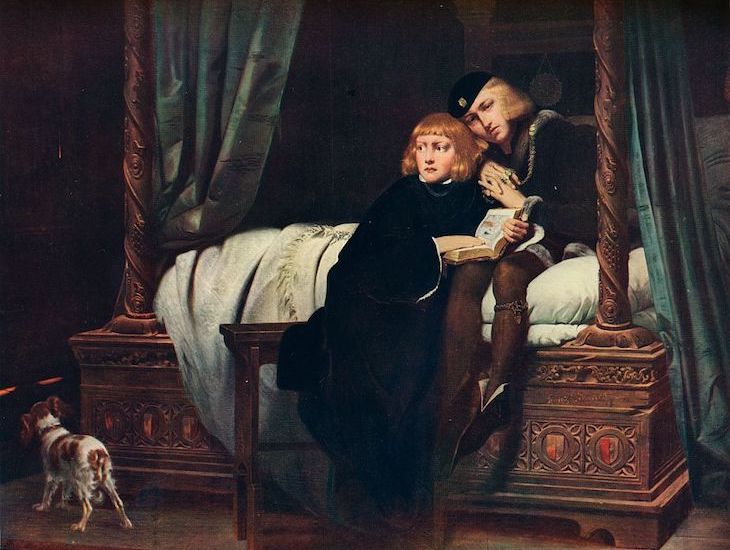
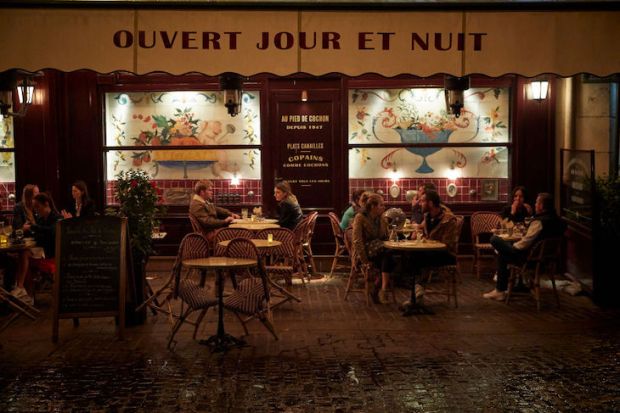
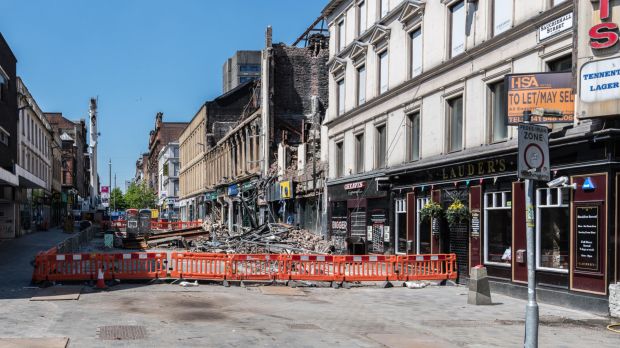


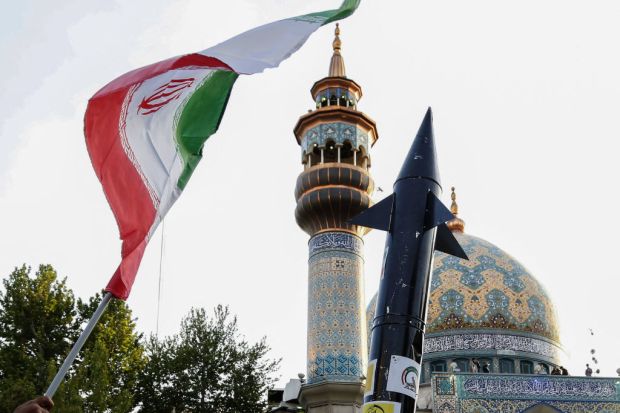








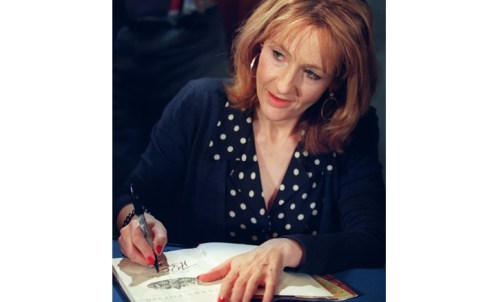



Comments
Don't miss out
Join the conversation with other Spectator Australia readers. Subscribe to leave a comment.
SUBSCRIBEAlready a subscriber? Log in